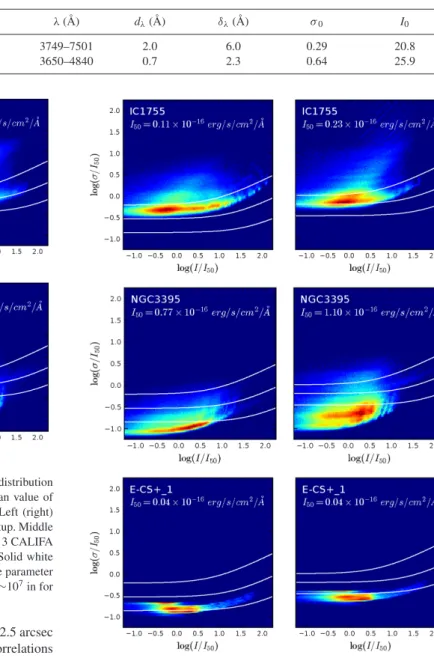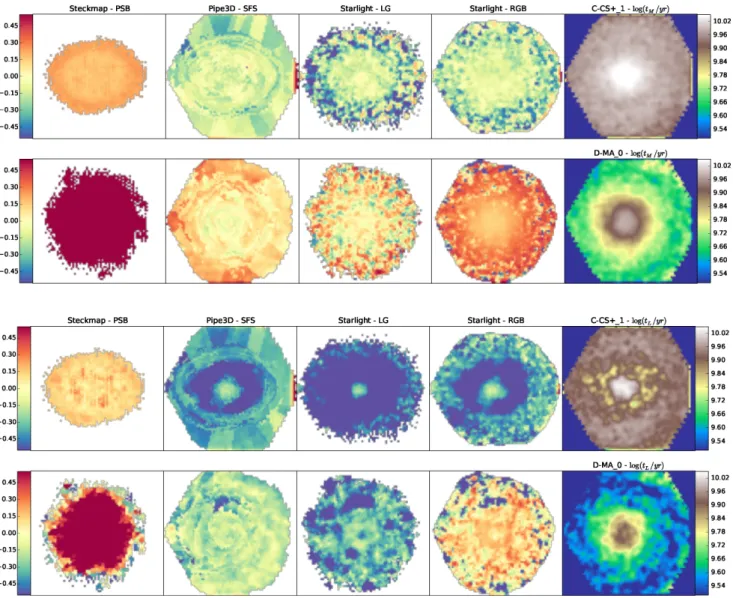The SELGIFS data challenge: generating synthetic observations of CALIFA galaxies from hydrodynamical simulations
Texto completo
Figure


![Figure 3. Left-hand panel: RGB image of the [O III ]5007, Hα, and [N II ]6584 emission lines for the galaxy C-CS + 1](https://thumb-us.123doks.com/thumbv2/123dok_es/7319880.451793/7.892.154.744.82.349/figure-left-hand-panel-image-emission-lines-galaxy.webp)

Documento similar
We further performed upscaling of in situ GPP based on different VOD data sets and compared these estimates with the FLUXCOM and MODerate-resolution Imaging Spectroradiometer (MODIS)
In this chapter we briefly motivate manifold learning methods from the point of view of having to deal with high dimensional problems in big data and then we present and analyze
Linked data, enterprise data, data models, big data streams, neural networks, data infrastructures, deep learning, data mining, web of data, signal processing, smart cities,
In particular, we performed simultaneously a like- lihood analysis of the recent expansion data (SnIa, CMB shift parameter and BAO) together with the growth rate of structure data,
Figure 2.9: Pitch-angle cosine range covered by the LEFS60 (top) and the LEMS30 (bottom) telescopes as a function of the polar angle, θ B , of the magnetic field vector
In the previous sections we have shown how astronomical alignments and solar hierophanies – with a common interest in the solstices − were substantiated in the
We will present applications to three sets of benchmark data: (i) photoionization cross sections and anisotropy parameters for single ionization of helium in the spectral region
[9,10] with a large set of data from molecular dynamics simulations and experiments in 2D and 3D liquids and plasmas to determine the regime of applicability of hydrodynamics




